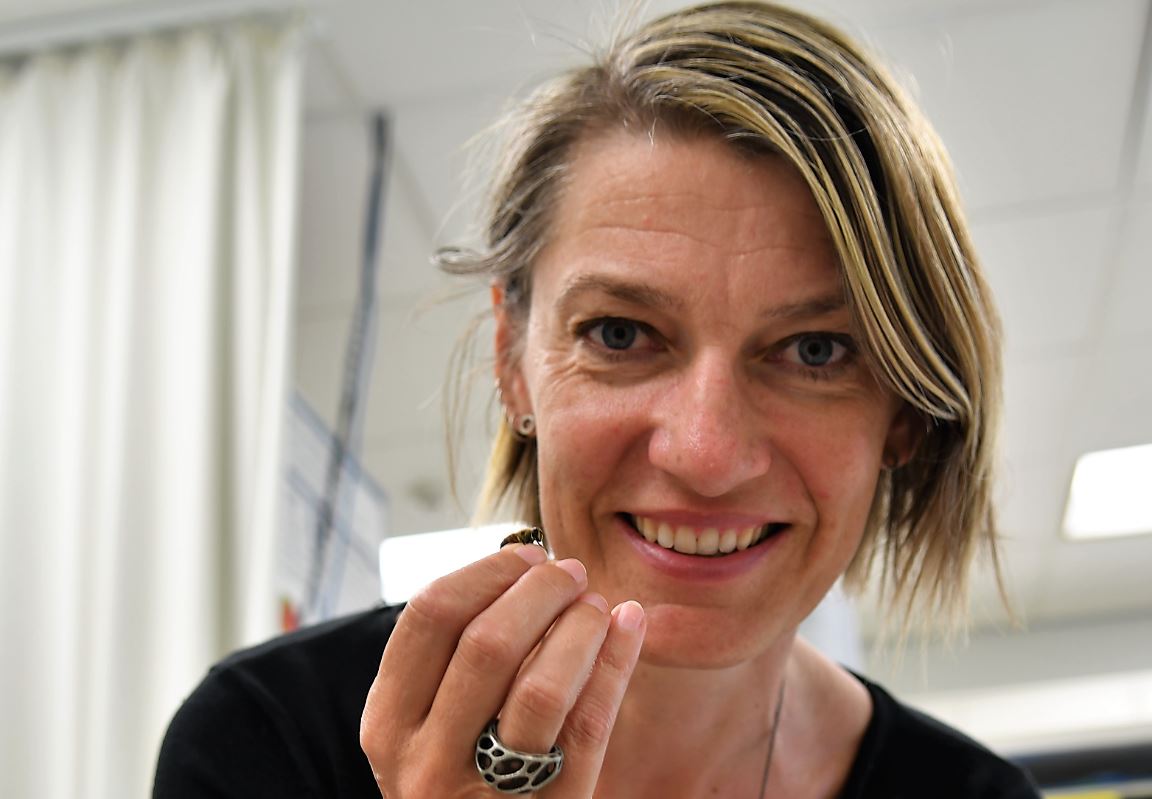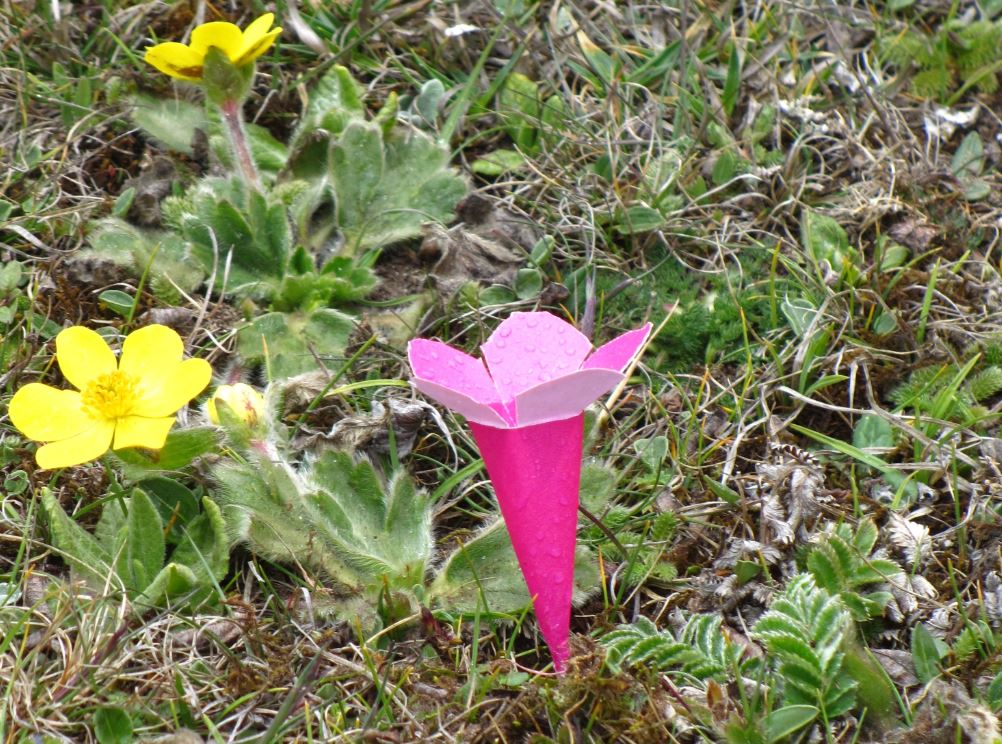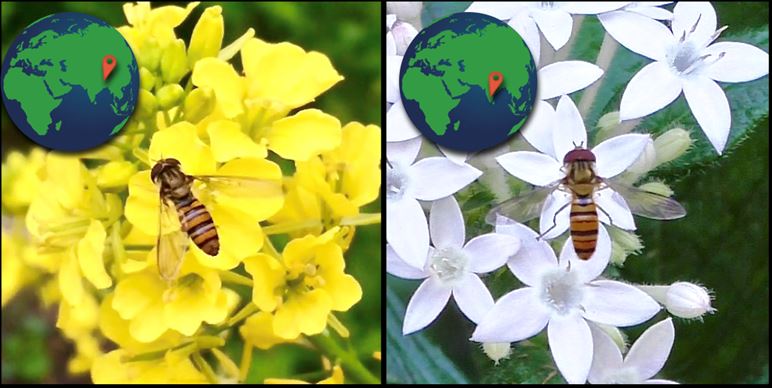
Researchers have made a discovery that could help respond to the global decline of insect pollinators, and create a future of greater food security.
Hoverflies have been found to respond to a number of different floral cues in a new study led by Flinders University and colleagues at National Centre for Biological Sciences, India.
Nearly 75% of the world’s crops rely on animal pollination, but nearly 40% of our insect pollinators are facing extinction due to pesticide use, environmental change and habitat loss.
This creates huge problems for future food security and the preservation of biodiversity. Being able to better understand pollinator behavior could help researchers maximise their efficiency, and create greater food security.
Lead authors Associate Professor Karin Nordström, from the College of Medicine and Public Health at Flinders University, and Dr Shannon Olsson, from the National Centre for Biological Sciences in India, sought to understand worldwide pollinator choice in the face of declining numbers.
Their paper, In situ modeling of multimodal floral cues attracting wild pollinators across environments, has been published in the journal Proceedings of the National Academy of Sciences (PNAS) in the USA.

Their research observed the behaviour of hoverflies across three locations across the world.
While bees are the most well-known pollinators, hoverflies are important alternative pollinators, and the same species of hoverfly has been found in vastly different climates and environments across the world.
The researchers measured, predicted, and finally recreated floral cues in the field of three very different environments: Sweden, the Himalayas, and tropical south India.
“Our models were not flower mimics; they used cues coming from flowers, including colour, shape, and smell. In some cases they didn’t even really look much like flowers, but they were attractive to hoverflies nonetheless. This is unique as other studies have generally tried to mimic flowers in some way.”
“Some of our artificial models were successful in attracting pollinators in all environments, despite having no reward or resembling any real flower,” Associate Professor Nordström says.

Dr Olsson believes the study could have implications for establishing planting strategies resilient to environmental change, and understanding pollination as a global ecological service.
“Our findings could lead to the creation of artificial or natural lures that could be used across climates and mitigate some of the effects of environmental change, and create food security,” Dr Olsson says.
In situ modeling of multimodal floral cues attracting wild pollinators across environments involves researchers from the Centre for Neuroscience at Flinders University and Uppsala University, Sweden and from the Tata Institute of Fundamental Research, National Centre for Biological Sciences in Bangalore, India – Karin Nordström, Josefin Dahlbom, VS Pragadheesh, Suhrid Ghosh, Amadeus Olsson, Olga Dyakova, Shravanti Krishna Suresh and Shannon B. Olsson.

